http://arxiv.org/abs/1702.03329
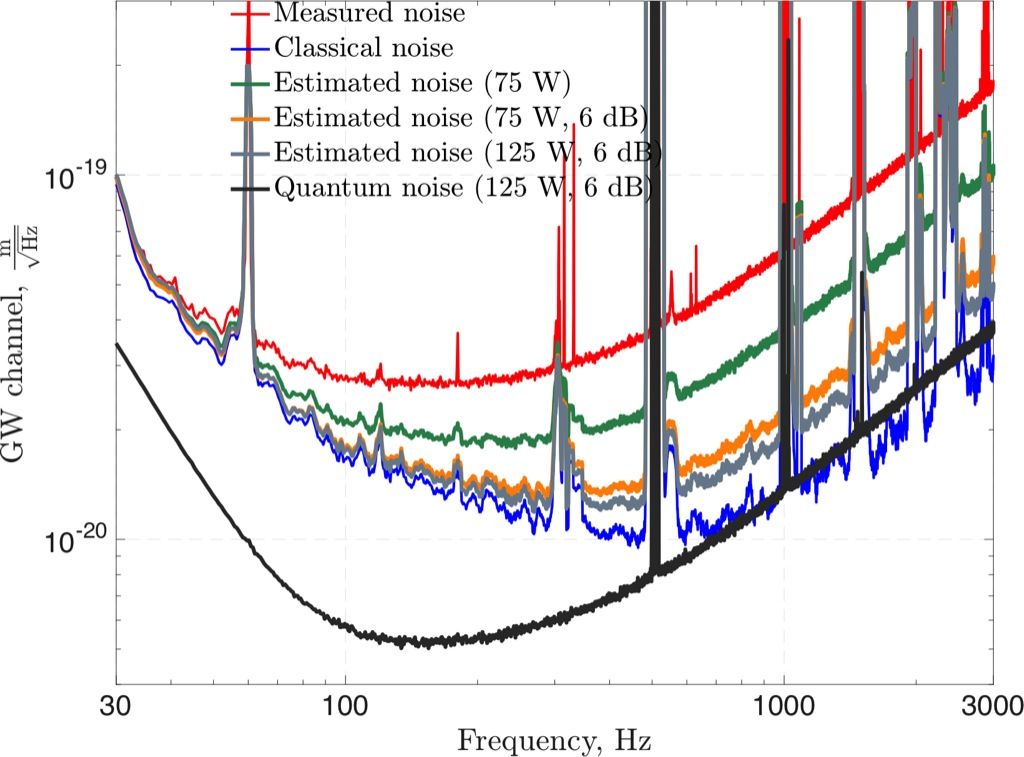

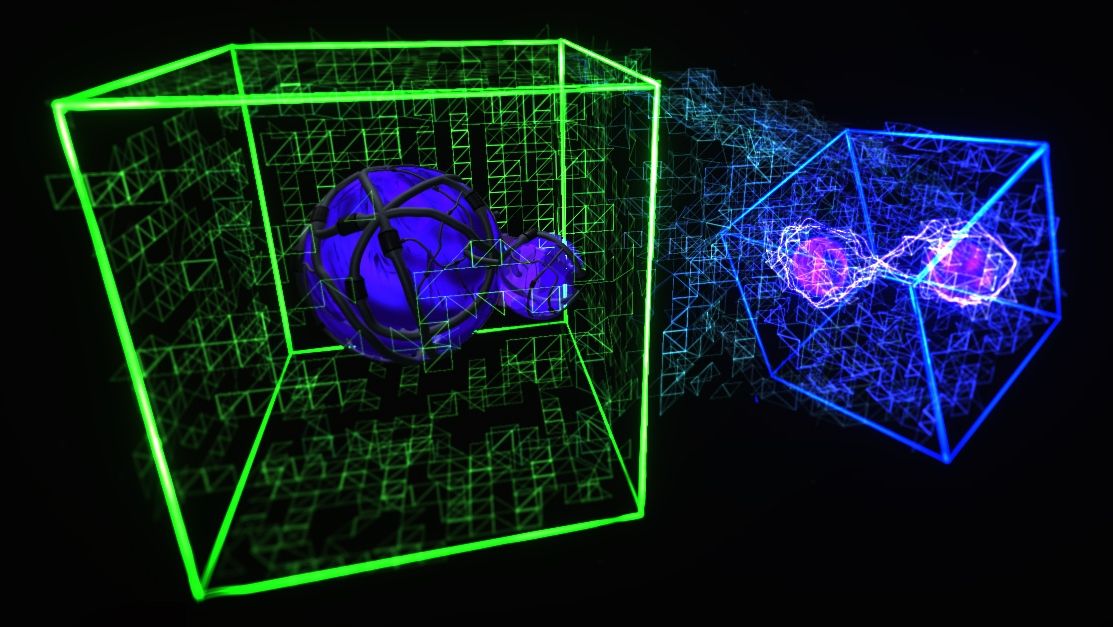
Quantum replicants of responsive systems can be more efficient than classical models, say researchers from the Centre for Quantum Technologies in Singapore, because classical models have to store more past information than is necessary to simulate the future. They have published their findings in npj Quantum Information.
The word ‘replicant’ evokes thoughts of a sci-fi world where society has replaced common creatures with artificial machines that replicate their behaviour. Now researchers from Singapore have shown that if such machines are ever created, they’ll run more efficiently if they harness quantum theory to respond to the environment.
This follows the findings of a team from the Centre for Quantum Technologies (CQT), published 10 February in npj Quantum Information. The team investigated ‘input-output processes’, assessing the mathematical framework used to describe arbitrary devices that make future decisions based on stimuli received from the environment. In almost all cases, they found, a quantum device is more efficient because classical devices have to store more past information than is necessary to simulate the future.
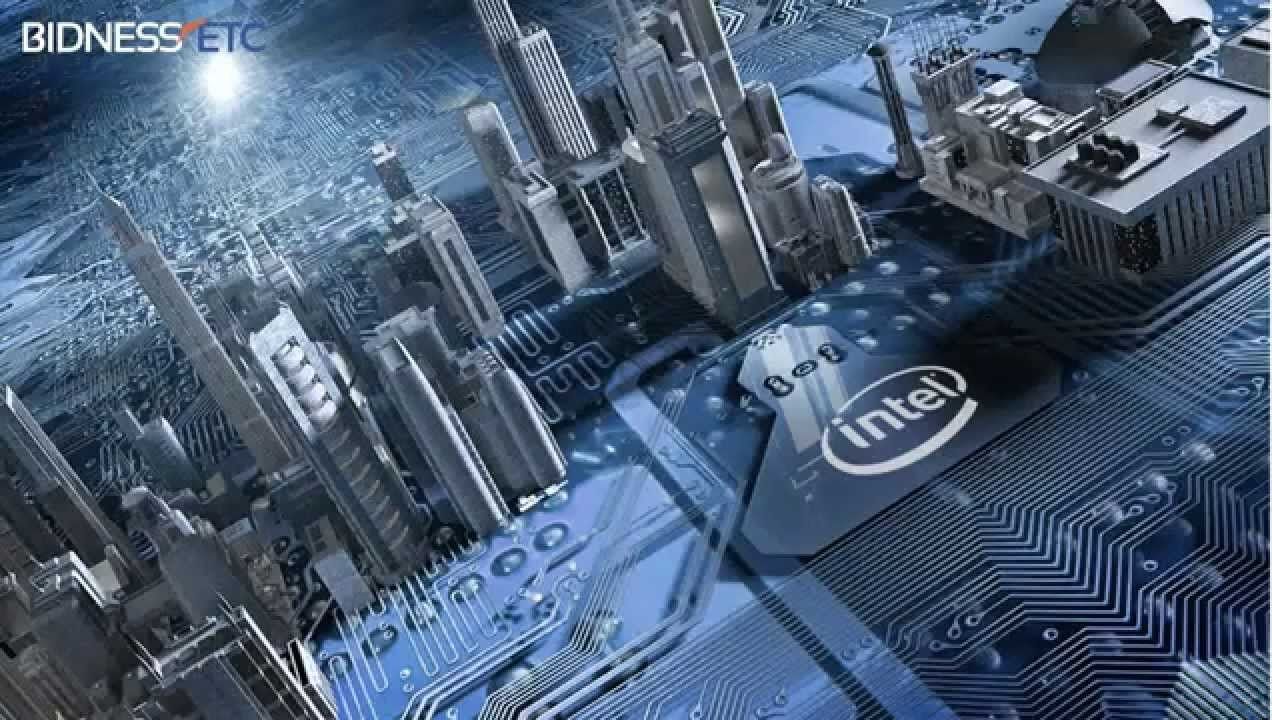
https://youtube.com/watch?v=6ClSRrM84Gk
More on Intel’s plans for a Quantum Neuromorphic chip to mimic the brain on QC. Should be interesting as they will be researching Quantum Biology/ Biosystem technology of the human brain to make this happen. And, will also be assessing cell electromagnetic spin, much of the other quantum mechanic properties of the brain. So, consider the race is on now for a Quantum Biosystem brain. And, the question now is which one will get there 1st and which type? DARPA’s Quantum Biosystem enhanced brain or one like Intel’s Quantum Neuromorphic chip mimicking the human brain?
Things are about to become very interesting for all.
A future beyond today’s PC technology is prepared by Intel’s research into quantum computing. (Photo : Strange Video Zone / YouTube)
As it prepares for the post-Moore’s Law era, the world’s largest chip company Intel, researches new paths toward designing computers of immense power by exploiting the quantum mechanics.
According to MIT Technology Review, chip maker Intel is involved in the race to build quantum computers that should offer immense processing power. Competitors Google, Microsoft and IBM are also developing quantum components different from the ones to be found in today’s computers. But what’s different in Intel’s approach is the fact that the chip maker company is trying to adapt the silicon transistor of existing computers for the task.
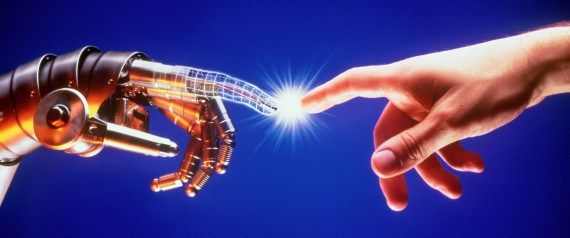
Great read and highlights what I have been showing folks around the convergence that is occurring between technology and biology via Quantum. We’re achieving (in the Epoch chart on Singularity Evolution) Epoch 5 via Quantum Bio and our work we’re seeing from DARPA, Microsoft, Amazon, Google, and others. Synbio has to mimic the properties we see with Quantum Biology/ Biosystems. And, things like DARPA’s own RadioBio will enable and expose many things on multiple fronts in Biosensors (including security), IoT, healthcare/ medical prevention management and treatments, AI, etc.
Singularity – the state of being singular; Oneness.
The biological system is a natural form of technology. A simple examination of the nanobiology of the macromolecular system of any cell will attest to this – enzymes and structural proteins are veritable nanomachines, linked to the information processing network of DNA and plasma membranes. Far from being a primordial or rudimentary organic technology – we are discovering more and more the level of complexity and paragon technological sophistication of living systems, which as is being discovered, even includes non-trivial quantum mechanical phenomena once thought to only be possible in the highly specialized and controlled environment of the laboratory.
Reciprocally, soon our technologies will become living systems – particularly through nanotechnology (which is being accomplished through reverse engineering and hybridization with biomolecules, particularly DNA) and general artificial intelligence – machine sentience. Following this parallelization of biology with technology, we can examine how humanity as a technological supraorganism is undergoing a period of punctuated speciation – an evolutionary transformation of both our inner and outer world.
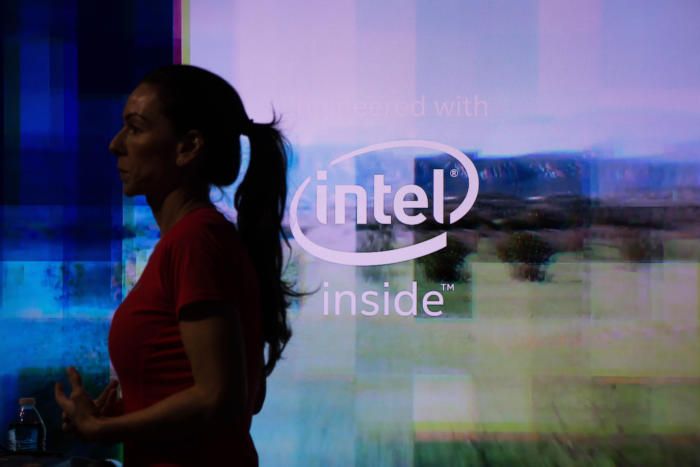
Glad Intel is moving this dial on their side as I have said for over a year they must do this to remain relevant. I would also encourage them to enter into a large 3D/4D printer partnership to develop a high speed printer that can print diamoide particles as they will need this bi-product to ensure stability in their chips and any other QC data storage and transfer processing. I do say they will need a group focused on Quantum Bio R&D as we begin to progress more of a integrated tech-bio system approach.
Intel realizes there will be a post-Moore’s Law era and is already investing in technologies to drive computing beyond today’s PCs and servers.
The chipmaker is “investing heavily” in quantum and neuromorphic computing, said Brian Krzanich, CEO of Intel, during a question-and-answer session at the company’s investor day on Thursday.
“We are investing in those edge type things that are way out there,” Krzanich said.

Looks like an interesting book for my Quantum Bio friends.
Quantum mechanics provides the most accurate microscopic description of the world around us, yet the interface between quantum mechanics and biology is only now being explored. This book uses a combination of experiment and theory to examine areas of biology believed to be strongly influenced by manifestly quantum phenomena. Covering subjects ranging from coherent energy transfer in photosynthetic light harvesting to spin coherence in the avian compass and the problem of molecular recognition in olfaction, the book is ideal for advanced undergraduate and graduate students in physics, biology a…


Nice forum on QC Crystal Superconduction in Mar.
From March 8–10, 2017, an International Conference on Crystal Growth is to be held in Freiburg under the auspices of the German Association of Crystal Growth DGKK and the Swiss Society for Crystallography SGK-SSCR. The conference, jointly organized by the Fraunhofer Institute for Solar Energy Systems ISE, the Crystallography department of the Institute of Earth and Environmental Sciences at the University Freiburg and the University of Geneva, is to be held in the seminar rooms of the Chemistry Faculty of the University of Freiburg. Furthermore, the Young DGKK will hold a seminar for young scientists at Fraunhofer ISE on March 7, 2017.
“Whether for mobile communication, computers or LEDs, crystalline materials are key components of our modern lifestyle,” says Dr. Stephan Riepe, group head in the Department of Silicon Materials at Fraunhofer ISE. “Crystal growth has a long tradition and today is still far from becoming obsolete. Materials with special crystalline structure are being developed for applications in high-temperature superconductors through to low-loss power transmission. Artificial diamonds are a favorite choice for building quantum computers. At the conference, the production of silicon, III-V semiconductors and most currently perovskite layers for cost-effective high efficiency tandem solar cells will also be discussed.”
In Freiburg, a close cooperation exists between the Fraunhofer Institutes and the University of Freiburg. For example, at Fraunhofer ISE a doctoral thesis of the University of Freiburg was carried out which investigated how impurities can be minimized during multicrystalline silicon production. In the production process, liquid silicon is melted in a quartz crucible and subsequently solidified. Similar to flour’s function when sprinkled in a baking form, silicon nitride powder acts as a separating agent between the crucible and the silicon. Here the aim is to reduce impurities on the scale of parts per billion, or ppb, to achieve the highest solar cell efficiencies. On a regular basis, student and doctoral degree theses are carried out to address such questions.

Add RadioBio/ Quantum Biosystem technology and this will be perfect.
Soft robotics researchers at the University of Wollogong (UOW) in Australia have used 3D printing to build a realistic robotic hand that can be controlled by brain signals and which has a surface texture similar to human skin.
Dr Rahim Mutlu (left), Professor Gursel Alici, and their 3D printed hand collection
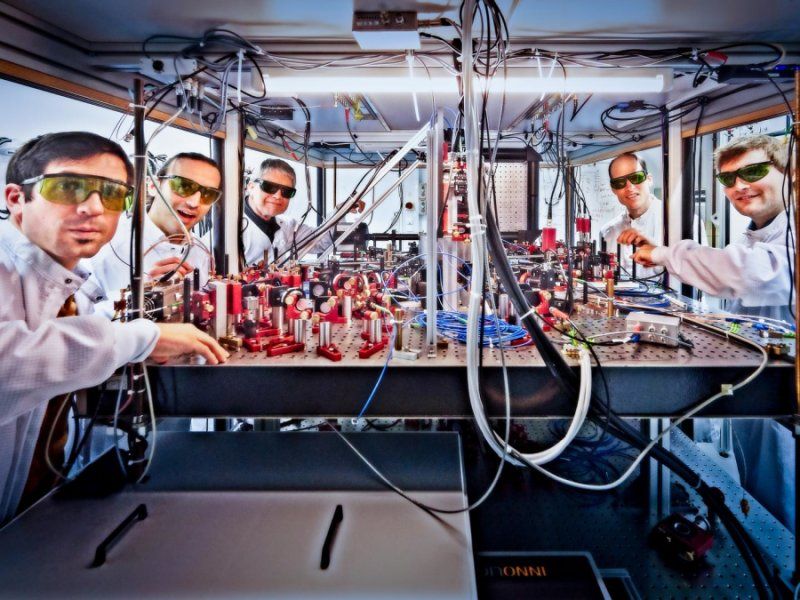
Nice.
Physicists at the University of Bonn have cleared a further hurdle on the path to creating quantum computers: in a recent study, they present a method with which they can very quickly and precisely sort large numbers of atoms. The work has now been published in Physical Review Letters.
Imagine you are standing in a grocery store buying apple juice. Unfortunately, all of the crates are half empty because other customers have removed individual bottles at random. So you carefully fill your crate bottle by bottle. But wait: The neighboring crate is filled in exactly the opposite way! It has bottles where your crate has gaps. If you could lift these bottles in one hit and place them in your crate, it would be full straight away. You could save yourself a lot of work.
Unfortunately, such solutions don’t (yet) exist for half-empty drinks crates. However, physicists at the University of Bonn want to sort thousands of atoms however they like in the future in this way — and in a matter of seconds. Around the world, scientists are currently looking for methods that enable sorting processes in the microcosm. The proposal by Bonn-based researchers could push the development of future quantum computers a crucial step forward. This allows atoms to interact with each other in a targeted manner in order to be able to exploit quantum-mechanical effects for calculations. In addition, the particles have to be brought into spatial proximity with one another.